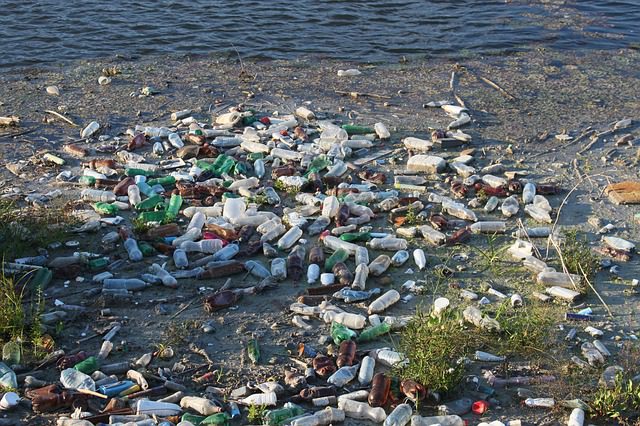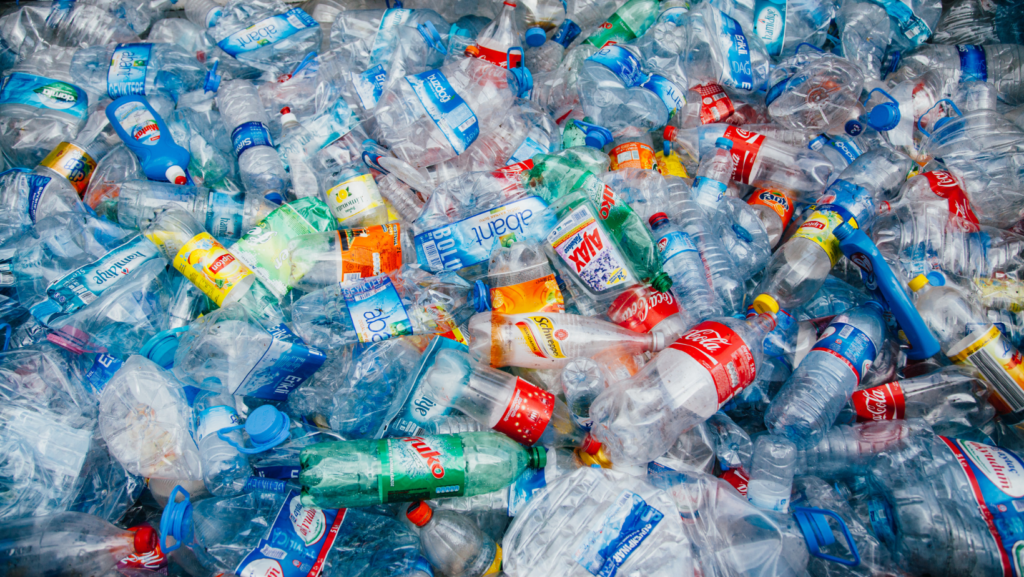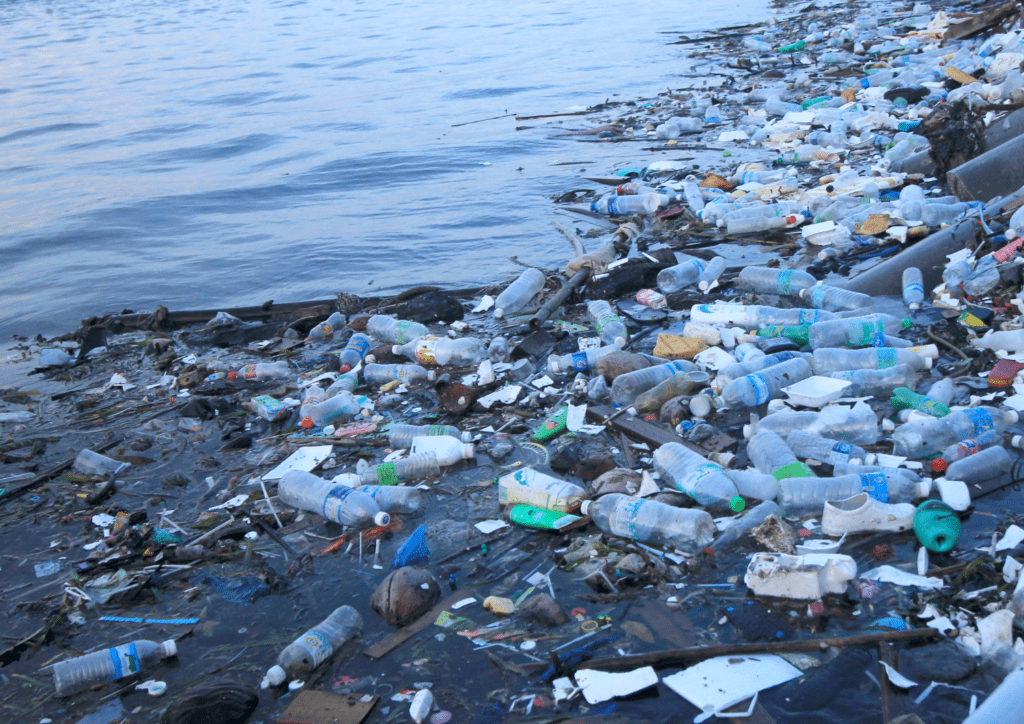Next Friday, November 23rd, is the 2018 meeting of the Canadian Council of Ministers of the Environment (CCME). I know, I know, you’ve had the date marked in your calendar for months. But for anyone who doesn’t follow the inner workings of Canadian inter-provincial environmental policy, the CCME is a committee made up of the federal, provincial and territorial environment ministers who meet once a year to discuss their environmental priorities. This year, one of those priorities is plastic pollution.

Looking for a national plastics strategy
Why all the fuss? Well, the federal government has signaled that they plan to use this forum to release their long-awaited national strategy for tackling plastic pollution – or at least a draft version.
We have been pushing the feds to come up with a strong national plan to deal with the 89 per cent of plastic not being recycled in Canada each year.
Right now there is no national recycling target. There are no rules requiring, or even encouraging, plastic producers to use recycled plastic. There aren’t even bans on hard-to-recycle or toxic plastics like Styrofoam. Producers are allowed to put any kind of packaging onto the market, and municipalities have figure out how to deal with it. Something’s got to give – Canada needs to step up!
Although the CCME announcement may not be the final version of this plan, it will indicate how serious and committed the government is about dealing with our plastic pollution problem. Let’s make sure it’s a good one.
Sign the petition asking the Government for real action on plastics.

Setting expectations
When the draft strategy is released we need to make sure that it contains real, enforceable targets. We don’t need another wishy-washy statement with voluntary initiatives and no teeth.
These are some of the things we’ll be looking out for:
- Bans on plastics that are toxic, or tough to recycle. Styrofoam would be a prime candidate – it’s unnecessary, very difficult to recycle, and we throw out enough of it each year to fill 208 Olympic-sized swimming pools.
- A national recycling target of at least 85 per cent by 2025, and 100 per cent captured, so that no more plastic is entering the environment. The kind of high recycling rate that we need to see isn’t going to happen from voluntary measures alone. Targets need to be set at a national level to harmonise the process across Canada.
- A minimum recycled content standard of at least 75 per cent in new products. To create a circular economy, we need new plastic to contain recycled plastic. That’s the way to create demand for recycled materials and increase recycling rates. It would also significantly reduce the amount of new plastic being churned out every day.
- Legislation to make producers financially and operationally responsible for cleaning up their plastic mess. Putting producers in charge, like we already have with bottle and can returns to the beer store, is another double whammy. Firstly, it takes a lot of pressure off municipalities when it comes to paying for the collection and recycling of all the coffee pods, yoghurt tubs, those plastic clamshell things or whatever else manufacturers have dreamed up to sell and package their products. Secondly, it incentivises producers to redesign their packaging to make it easier to recycle.
There’s no silver bullet for dealing with the plastic pollution crisis, and all of these elements are going to be important. That’s why a strong and comprehensive national strategy is essential if anything is going to change. And, why we will keep a close eye on the government’s proposed strategy following the CCME.

For more details on what Canada should be doing to reach zero plastic waste by 2025, see our Towards a Zero Plastic Waste Canada Declaration, supported by more than 40 other organizations.








